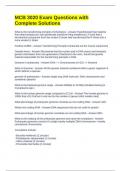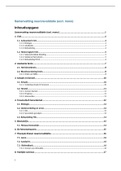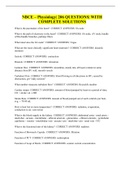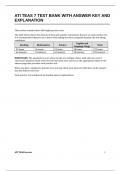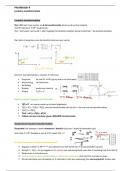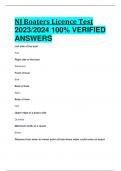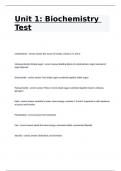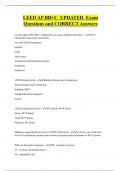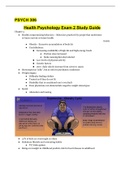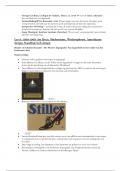Exam (elaborations)
MCB 3020 Exam Questions with Complete Solutions
- Course
- Institution
What is the transforming principle of inheritance - Answer-Hypothesized that material from dead streptococci can genetically transform living streptococci; Found that a biochemical component from the virulent S strain had transformed the R-Strain into a more virulent S Strain Fredrick Griffith -...
[Show more]
